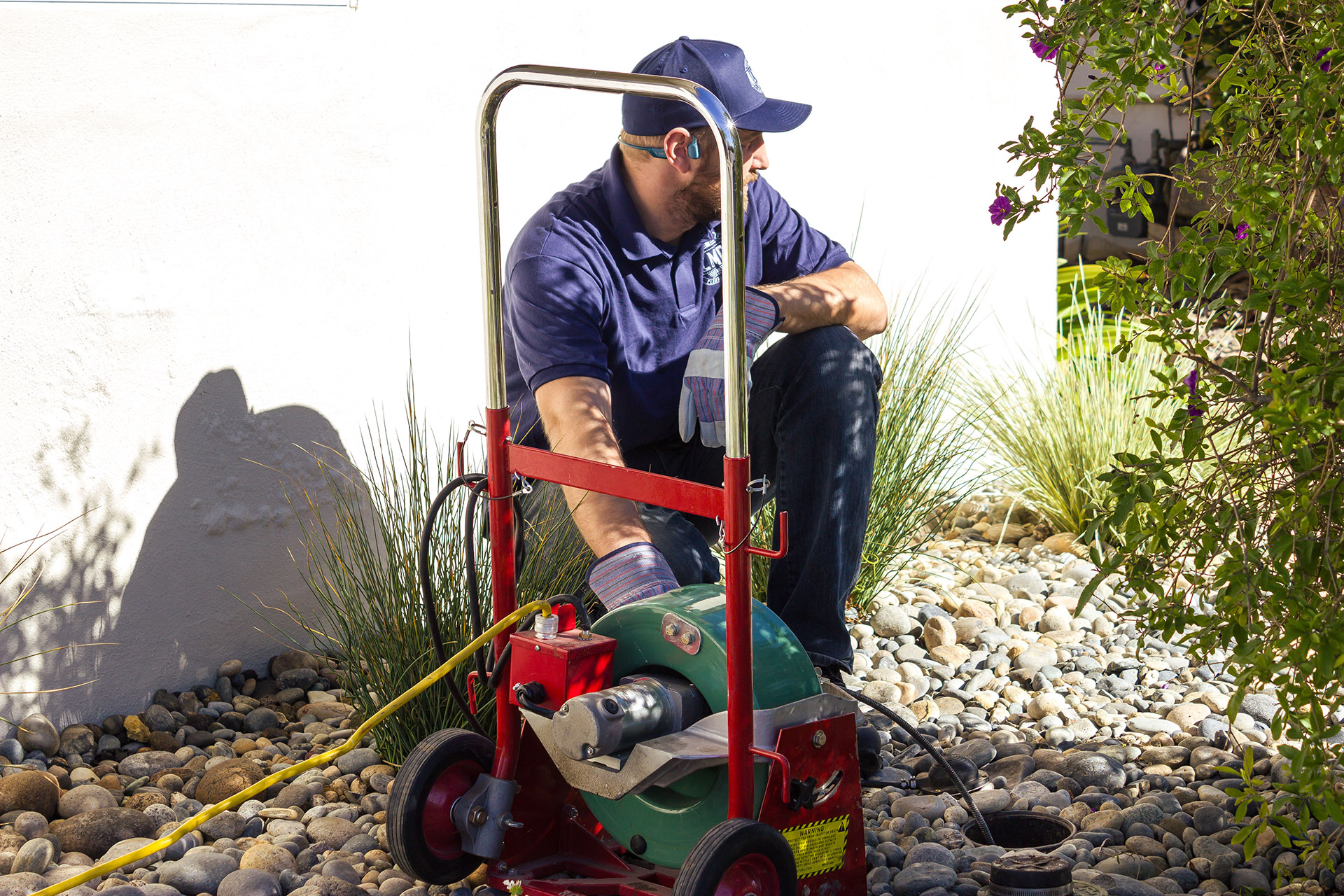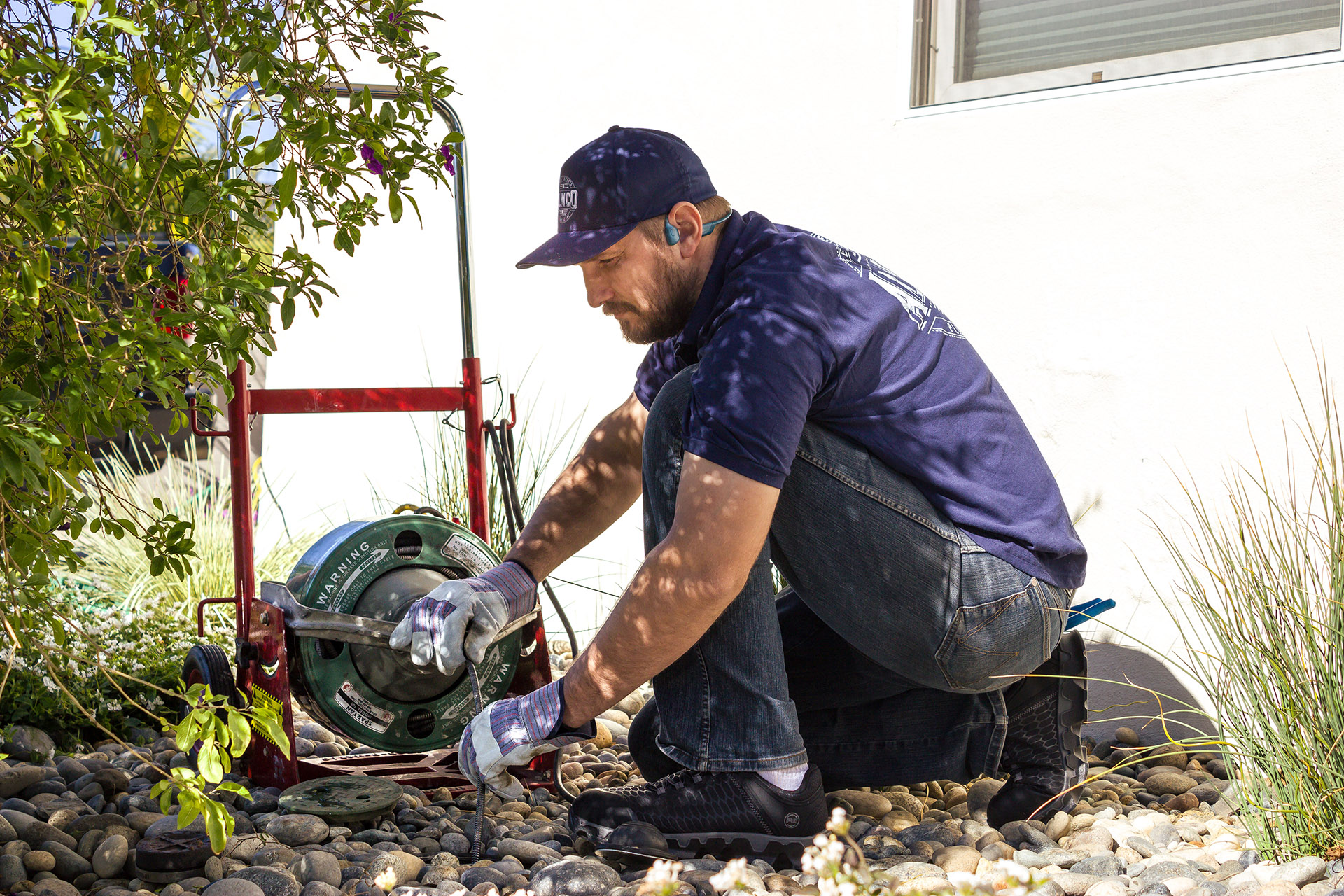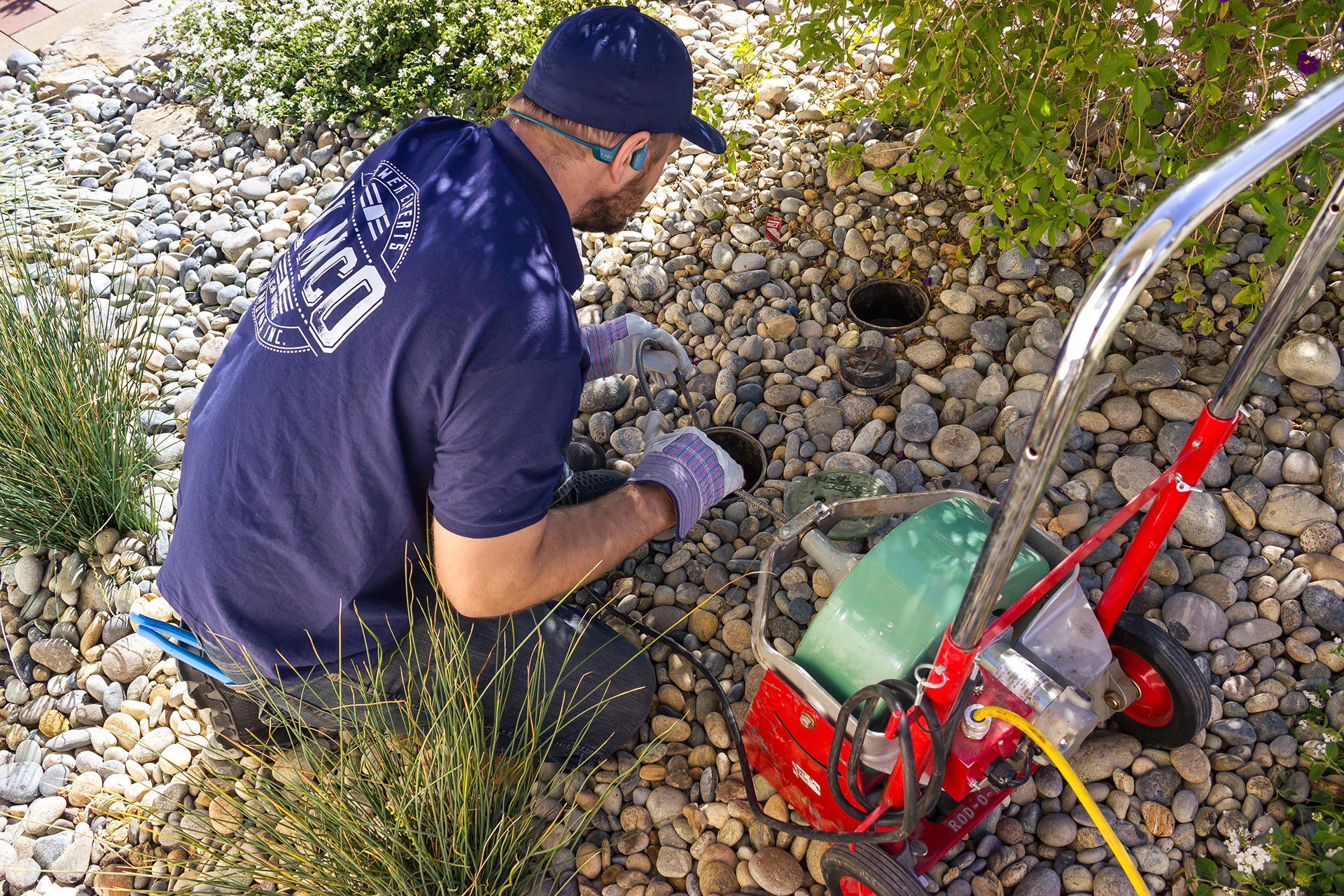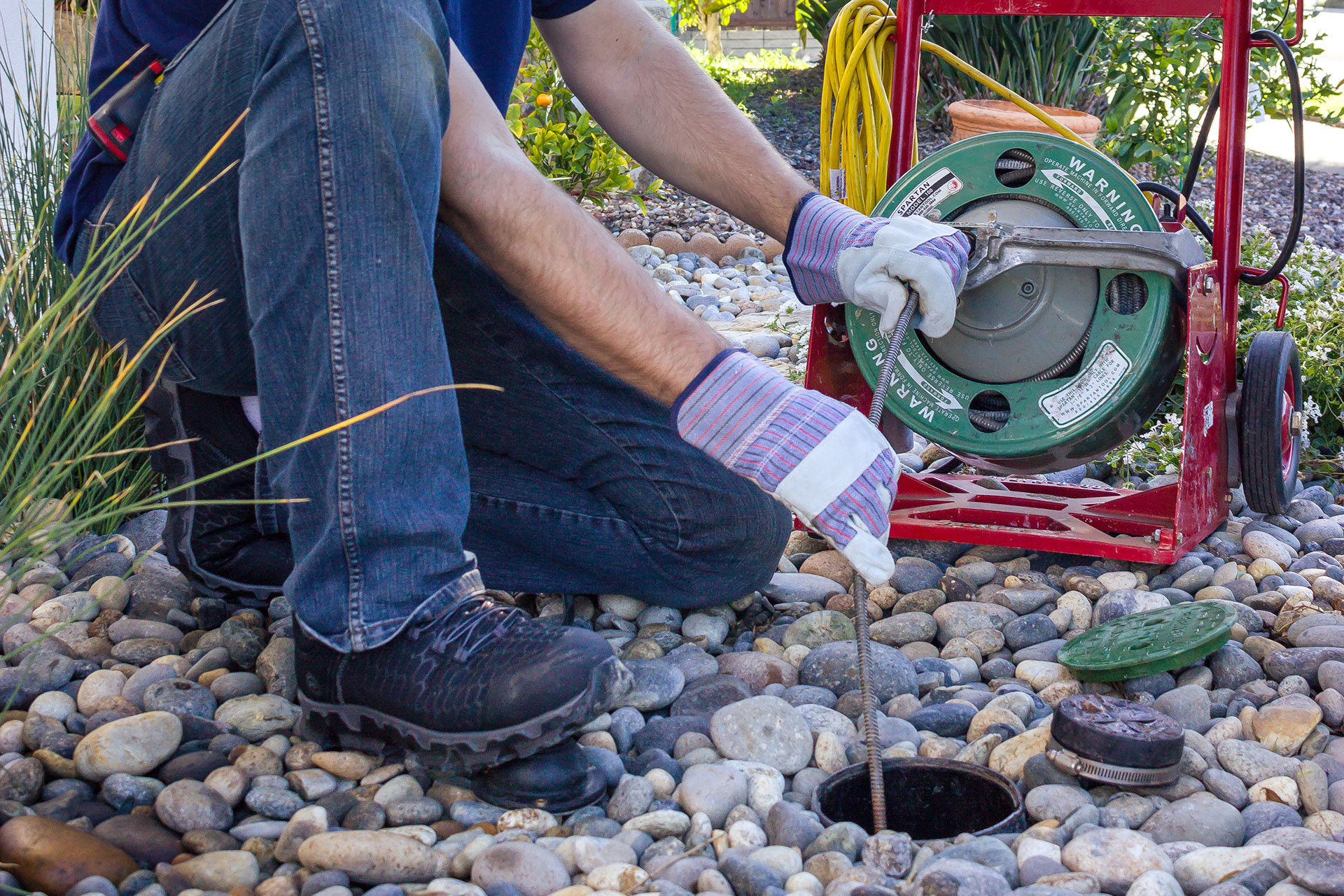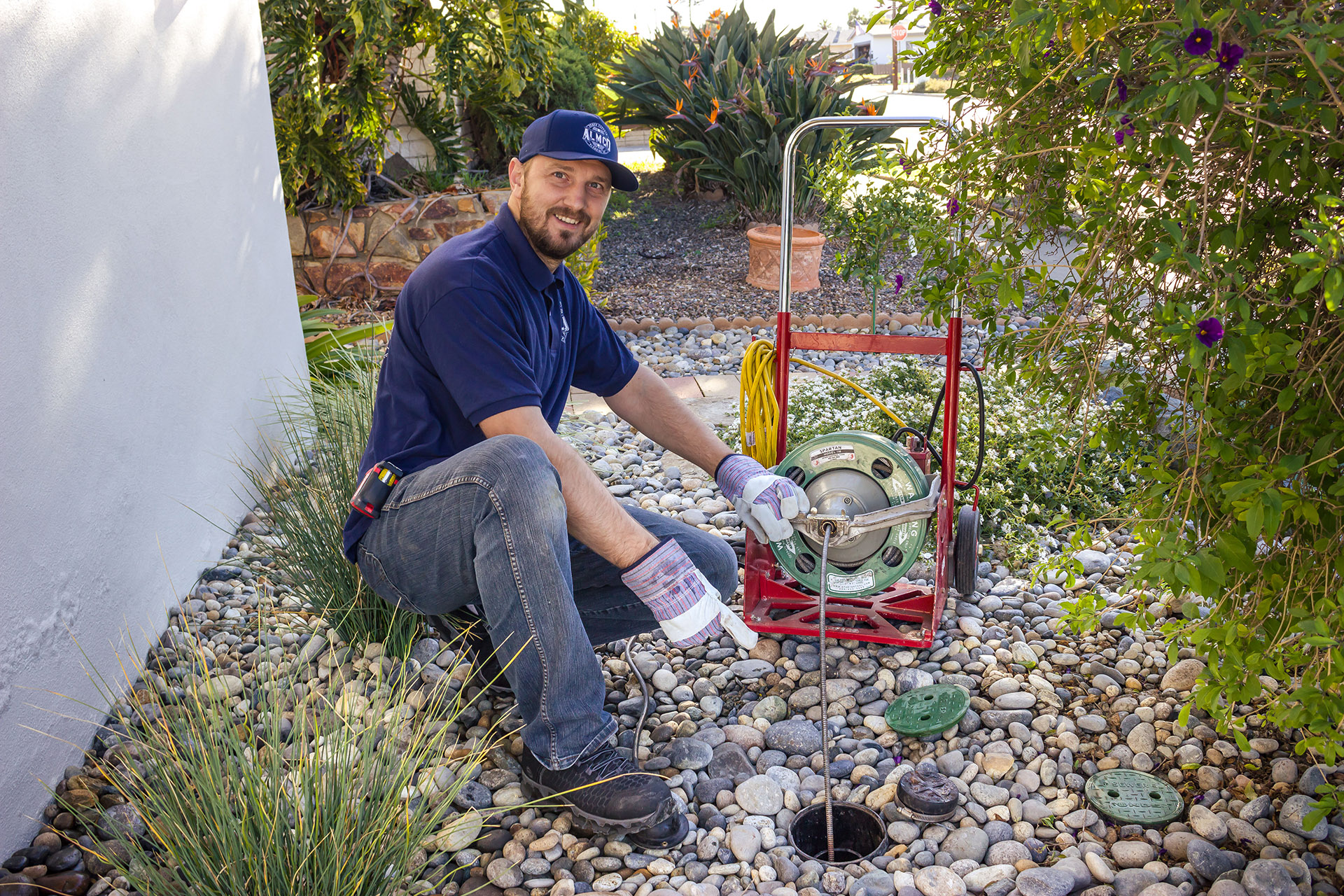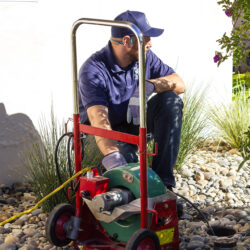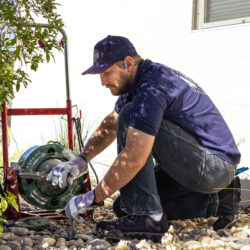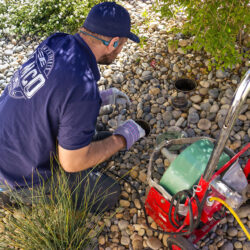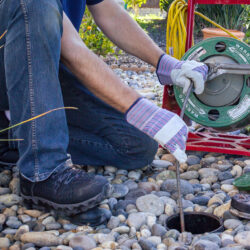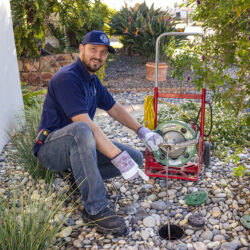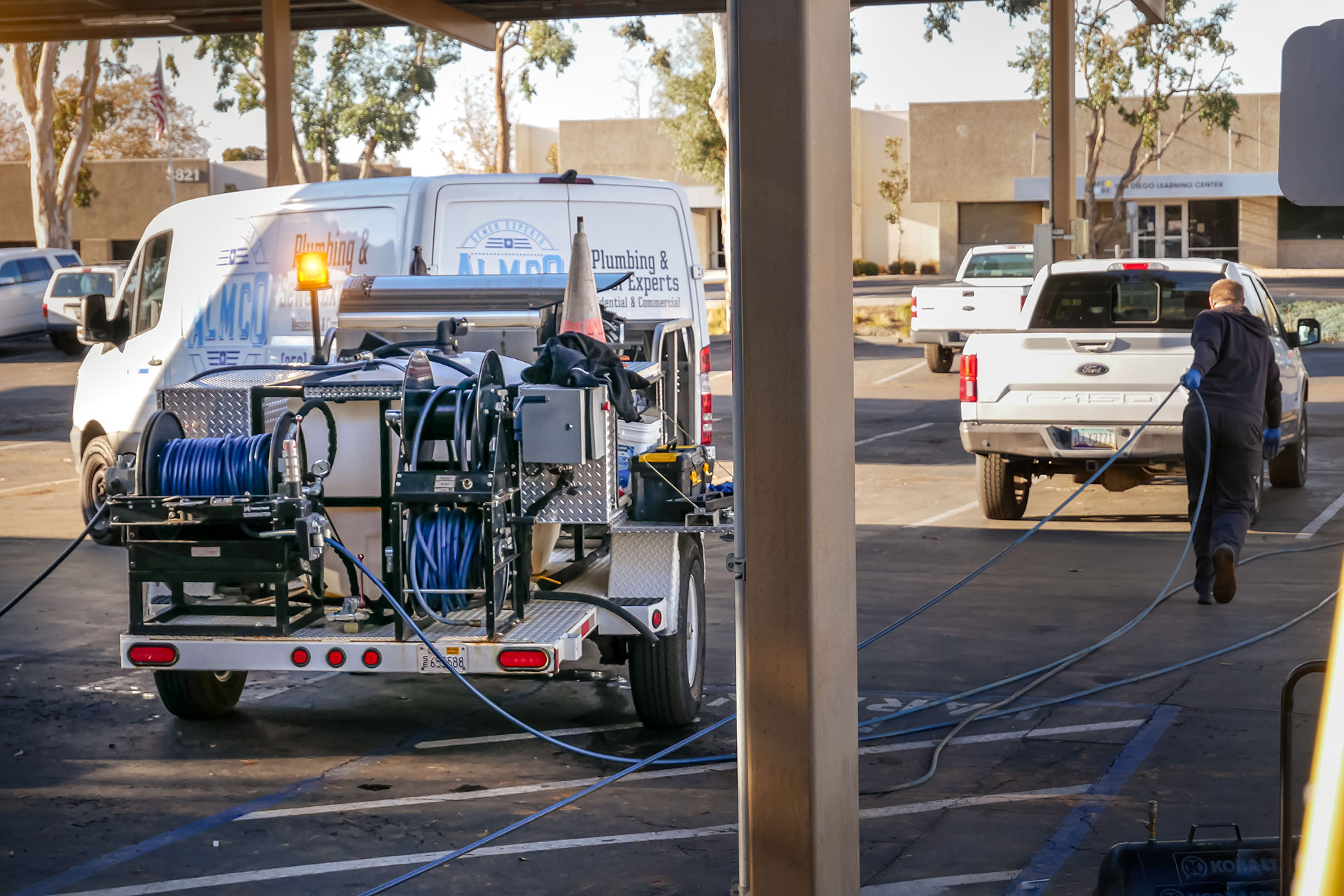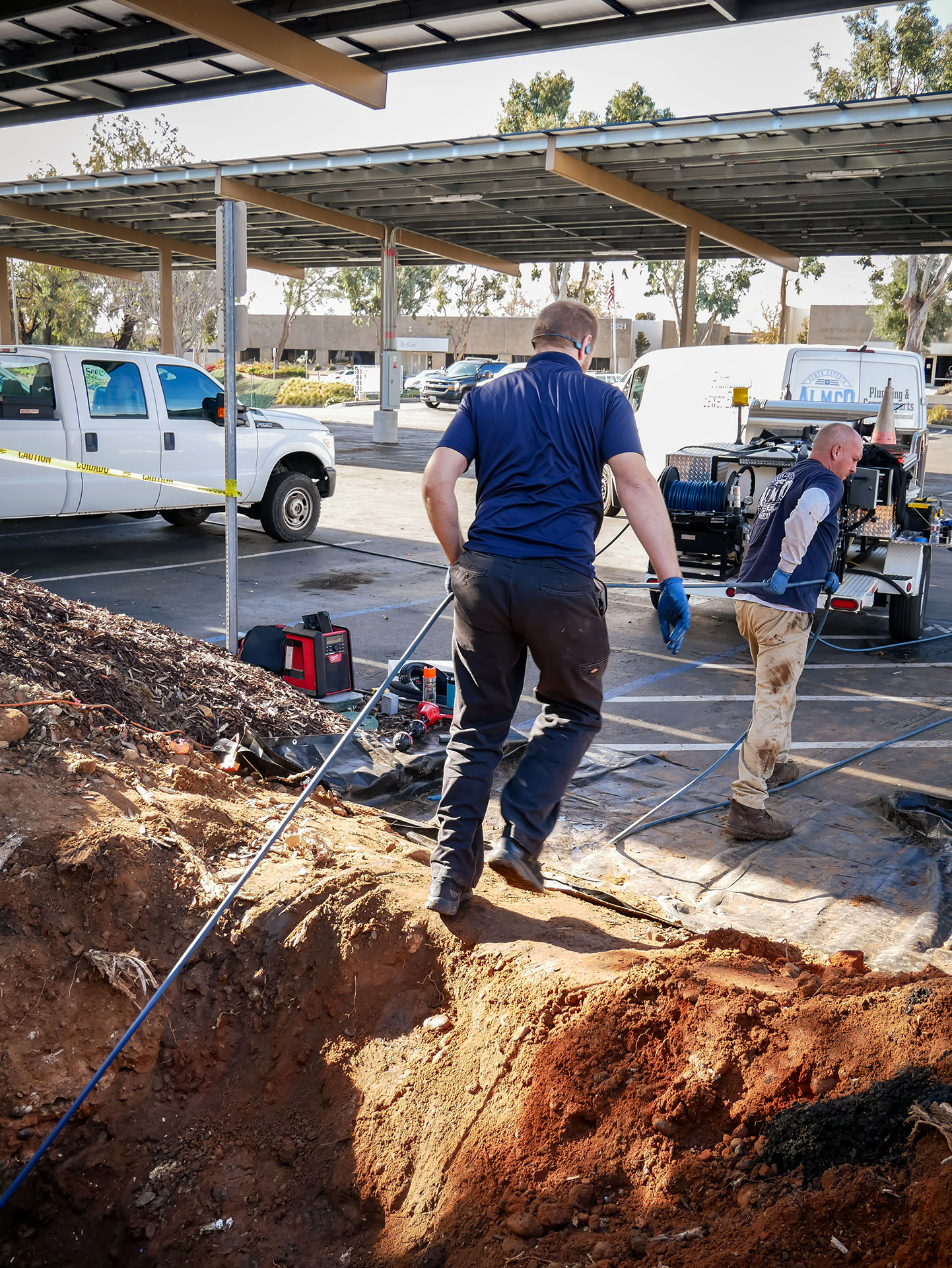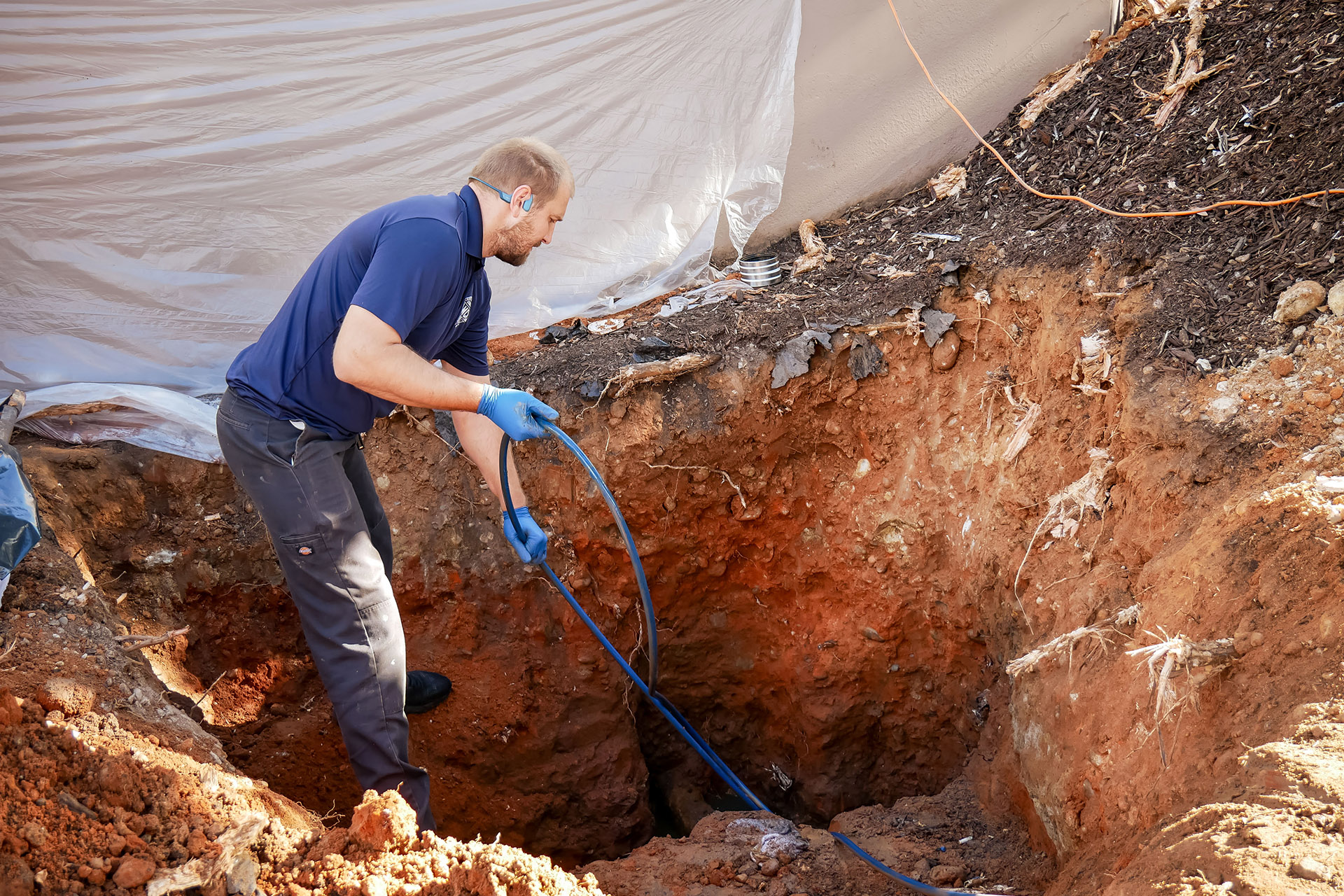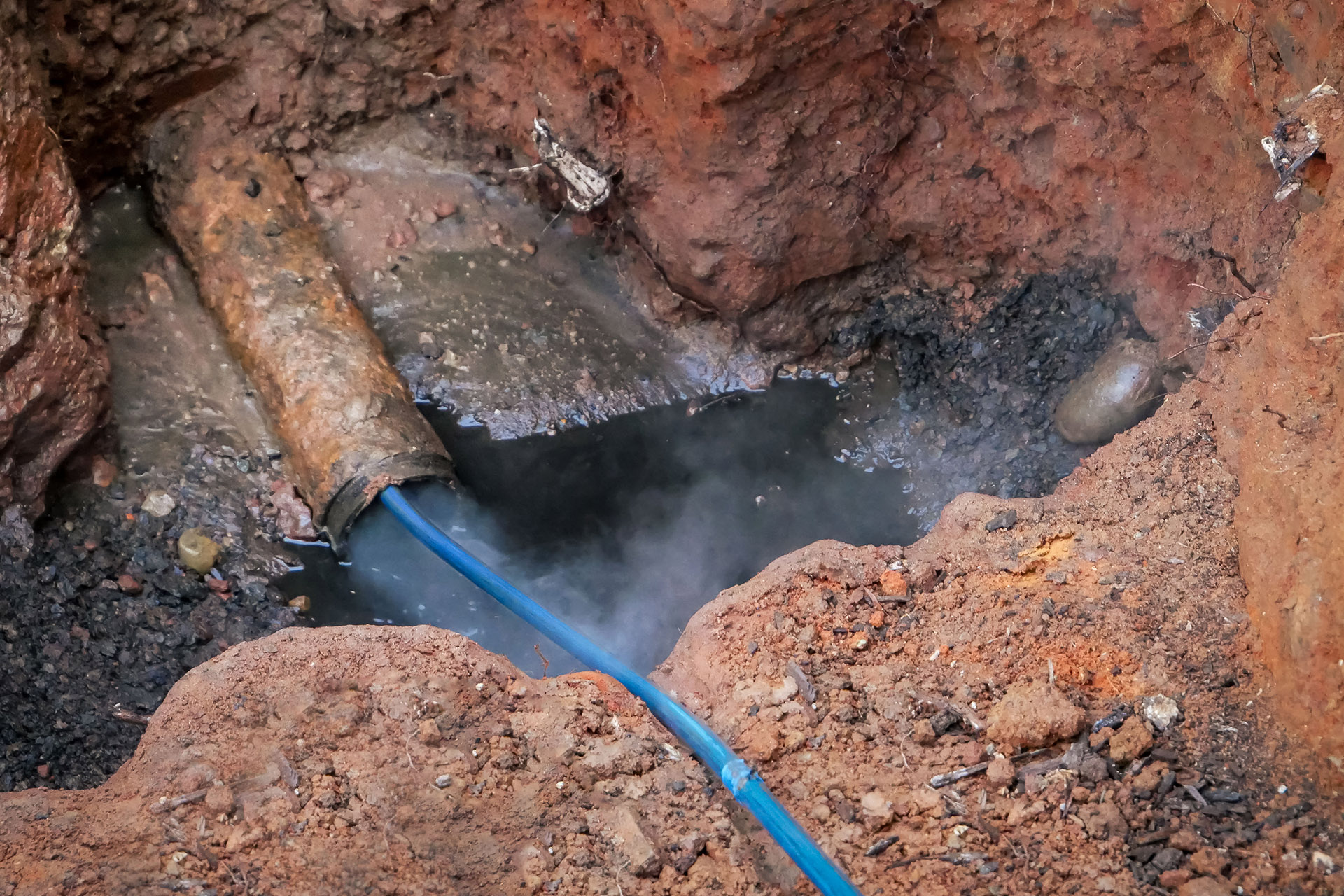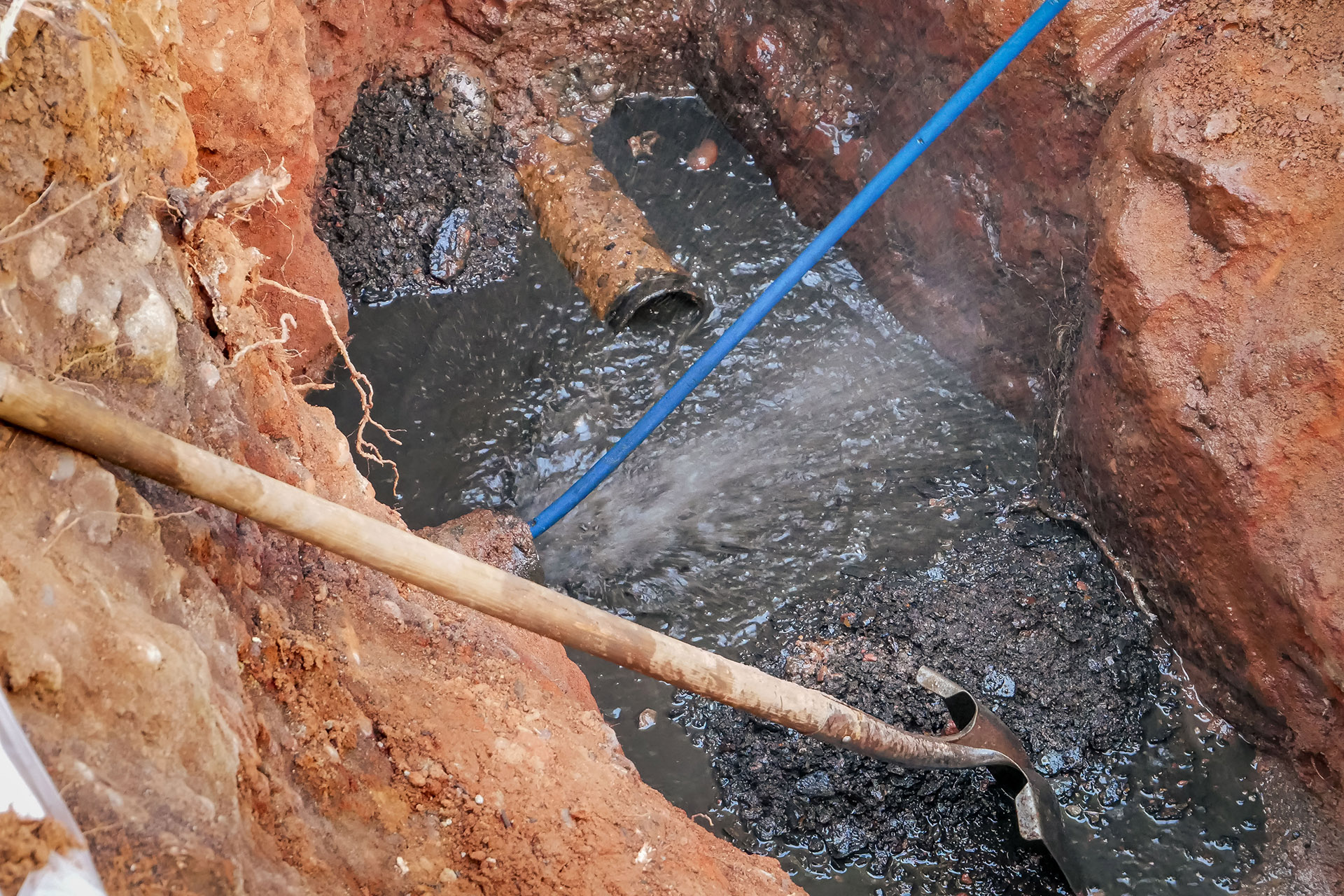Drain snaking is an effective method for removing stubborn clogs and blockages in pipes and sewer lines. In San Diego, residents and businesses frequently face plumbing issues caused by aging infrastructure, tree root intrusion, and everyday debris buildup. These problems can result in slow-draining sinks, unpleasant odors, and even serious plumbing emergencies if not addressed promptly.
Almco Plumbing provides professional drain snaking services to efficiently resolve these challenges. Below are the most common drain problems in San Diego and the best solutions for fixing them.
Contents
- What is Drain Snaking?
- Common Causes of Drain Blockages in San Diego, CA
- How to Identify Drain Problems Early
- The Drain Snaking Process: Step-by-Step
- Advantages & Disadvantages of Drain Snaking
- Drain Snaking vs. Other Drain Cleaning Methods
- Almco Plumbing’s Prices for Drain Snaking
- Frequently Asked Questions (FAQ)
What is Drain Snaking?
Drain snaking is a proven method for clearing clogs and blockages in plumbing systems. It involves using a specialized tool called a drain cable snake—a flexible cable with a coiled end designed to break through or retrieve debris lodged in pipes.
This technique effectively removes a wide range of clogs, including grease buildup, hair, food particles, and other common obstructions. Suitable for both residential and commercial plumbing systems, drain snaking is a versatile solution for addressing minor and severe clogs alike.
Professional plumbers, such as Almco Plumbing, use various types of drain snakes, including motorized and camera-assisted versions, to efficiently clear clogs. With the right tools and expertise, drain snaking restores proper flow without requiring invasive procedures or pipe replacement.
Common Causes of Drain Blockages in San Diego, CA
Drain blockages are a frequent issue for both residential and commercial properties in San Diego, CA. The city’s mix of historic and modern plumbing systems, combined with unique environmental factors, contributes to various causes of clogs. Here are the most common culprits:
- Grease & Fat Buildup, Food Residues. In kitchens, grease and fat often get washed down the drain, where they cool, solidify, and stick to the pipe walls. Over time, this buildup narrows the passage and eventually causes a blockage. Food debris, such as coffee grounds, eggshells, and fibrous vegetables, can also lead to clogs if improperly disposed of down the drain.
- Hair & Soap Scum. Bathroom drains frequently suffer from hair buildup mixed with soap residue, creating tough clogs in sinks, showers, and tubs.
- Tree Root Intrusion. Tree and shrub roots are naturally attracted to the moisture and nutrients in sewer lines. Over time, they can invade pipes, causing severe blockages or even pipe damage.
- Foreign Objects. Items like wipes, paper towels, toys, or hygiene products that are accidentally or intentionally flushed down the drain can obstruct water flow and cause clogs.
- Aging Plumbing Systems. Many older San Diego homes have aging pipes made of materials such as clay or cast iron, which are more prone to damage and blockages.
- San Diego’s Hard Water. The region’s hard water often leads to mineral deposits forming inside pipes, gradually reducing their capacity and increasing the likelihood of clogs.
By understanding these common causes, homeowners can take preventative measures to avoid recurring clogs. For persistent or severe blockages, professional drain snaking is often the best solution to restore proper flow.
How to Identify Drain Problems Early
Recognizing the signs of drain problems early can save you time, money, and the stress of dealing with a major plumbing emergency. Here are some key indicators to watch for:
- Slow-Draining Sinks & Tubs. If water takes longer than usual to drain, it could indicate a developing clog in your pipes.
- Recurring Clogs. Frequent clogs, especially in the same location, may point to a deeper issue within your plumbing system.
- Unpleasant Odors. Foul smells coming from your drains are often caused by debris buildup or sewage backups.
- Gurgling Noises. Bubbling or gurgling sounds in your pipes when water is used may signal air trapped by a blockage.
- Standing Water. Pools of water around sinks, showers, or floor drains are clear signs of a serious plumbing issue.
- Backflow Problems. Water or sewage backing up into sinks or tubs indicates a significant blockage or possibly damaged pipes.
- Unexplained Green Patches in the Yard. Patches of unusually lush grass or soggy areas in your yard can suggest a leaking or clogged sewer line.
Addressing these signs promptly with the help of professionals like Almco Plumbing can prevent minor issues from turning into costly repairs. Regular maintenance and inspections are also essential for identifying hidden problems before they cause significant damage.
The Drain Snaking Process Step-by-Step
Drain snaking is a straightforward yet effective method for unclogging plumbing systems. Here’s a step-by-step breakdown of how the process works.
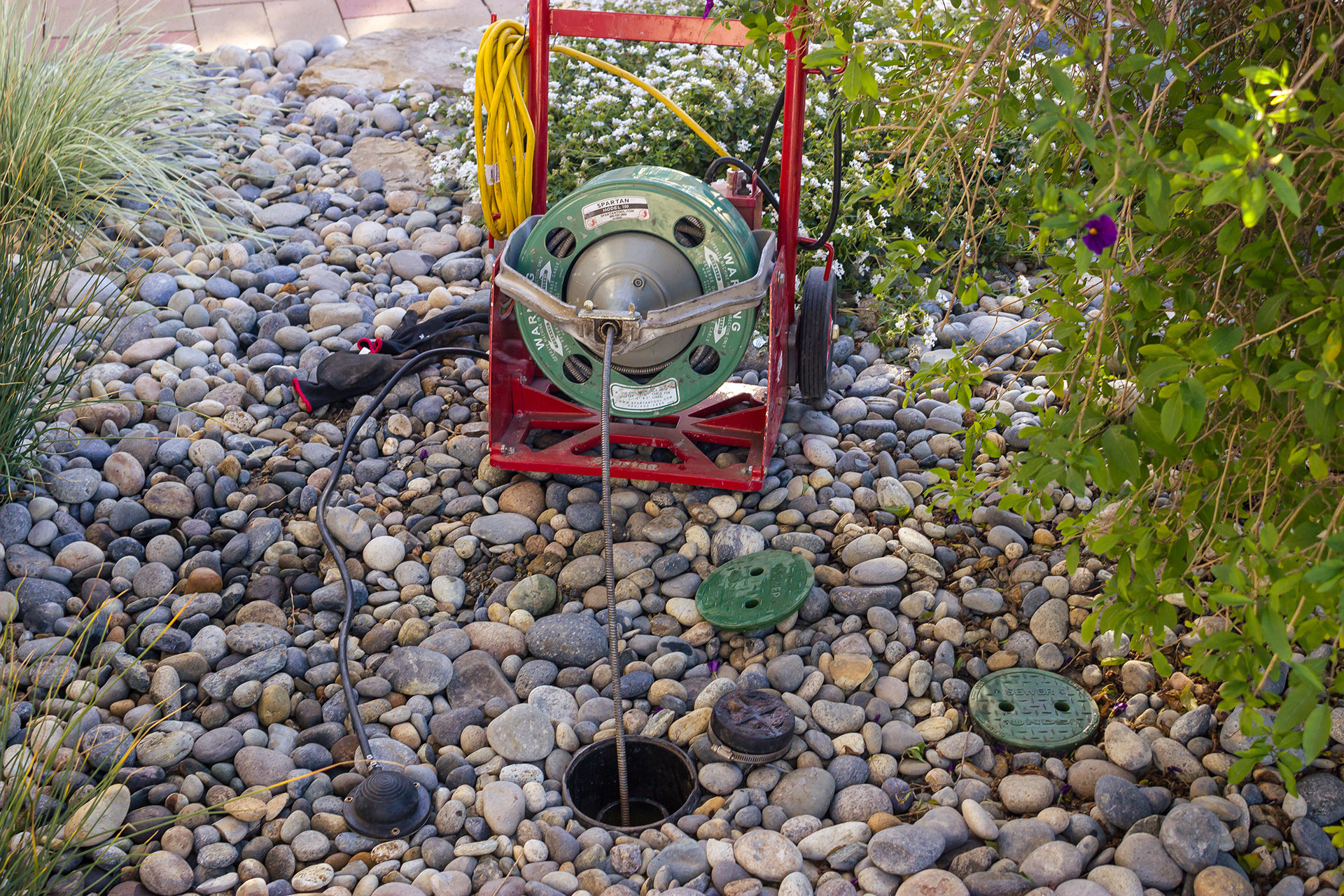
The plumber selects the appropriate drain snake based on the severity of the clog. For minor issues, a hand-operated snake is used, while a motorized snake is chosen for deeper or tougher clogs. The cable’s diameter and length are selected according to the pipe size and the blockage’s location.
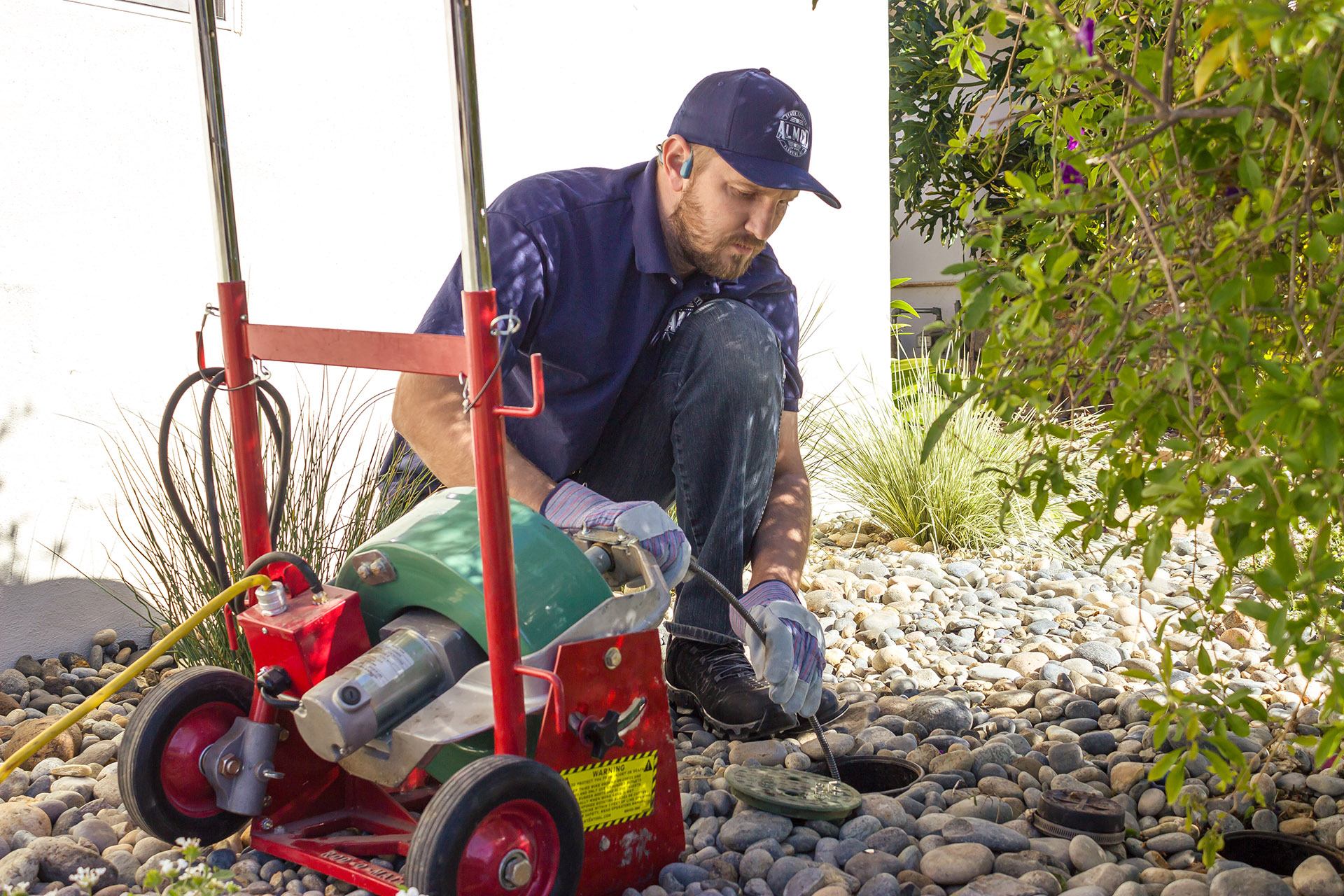
The snake’s cable is carefully inserted into the drain and maneuvered through bends and curves in the pipe. As the cable advances, it locates and reaches the blockage.
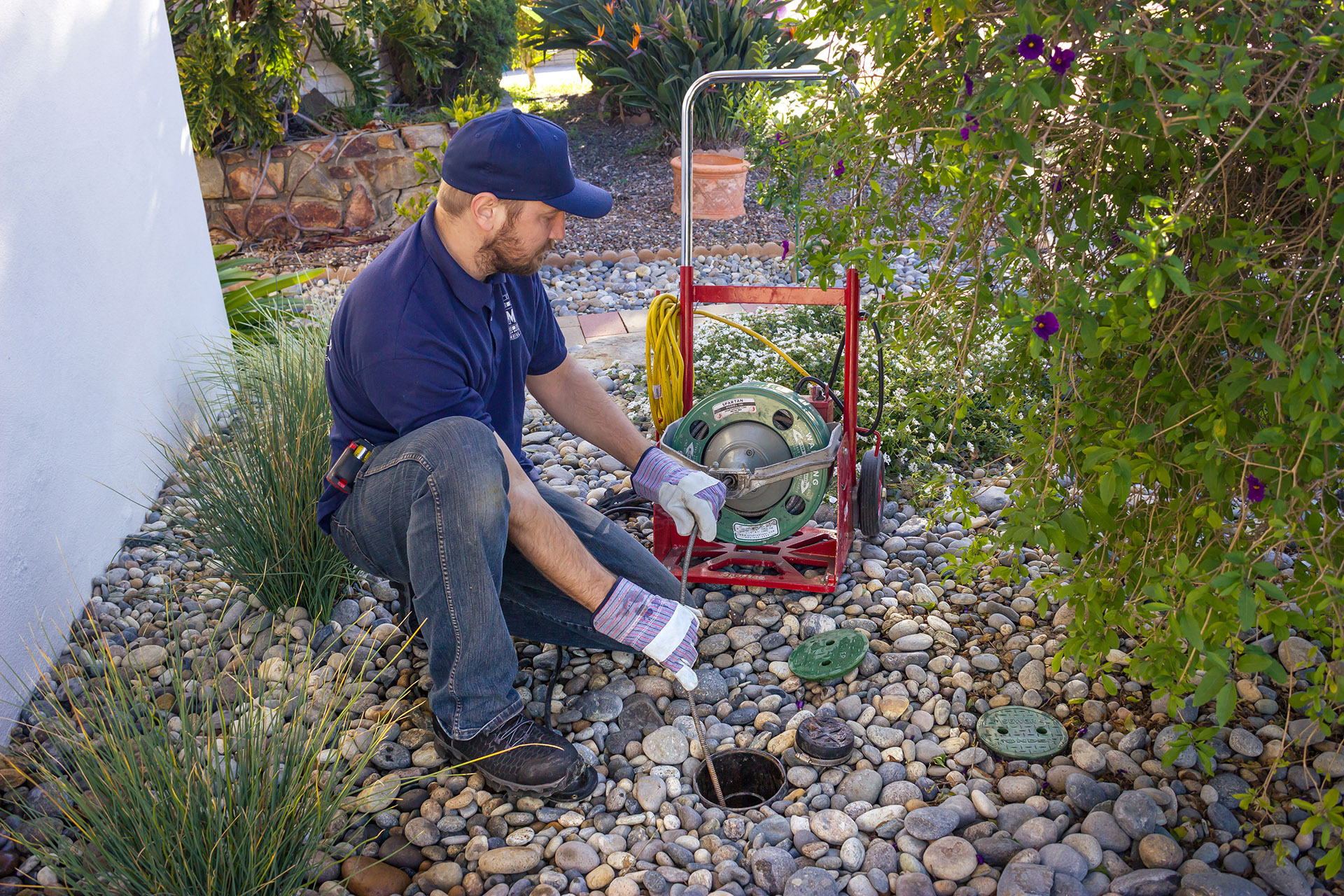
The plumber rotates the snake’s handle (either manually or electrically), enabling the cable to break apart or grab the obstruction. The debris is either pulled out or dislodged, allowing it to flow down the drain.
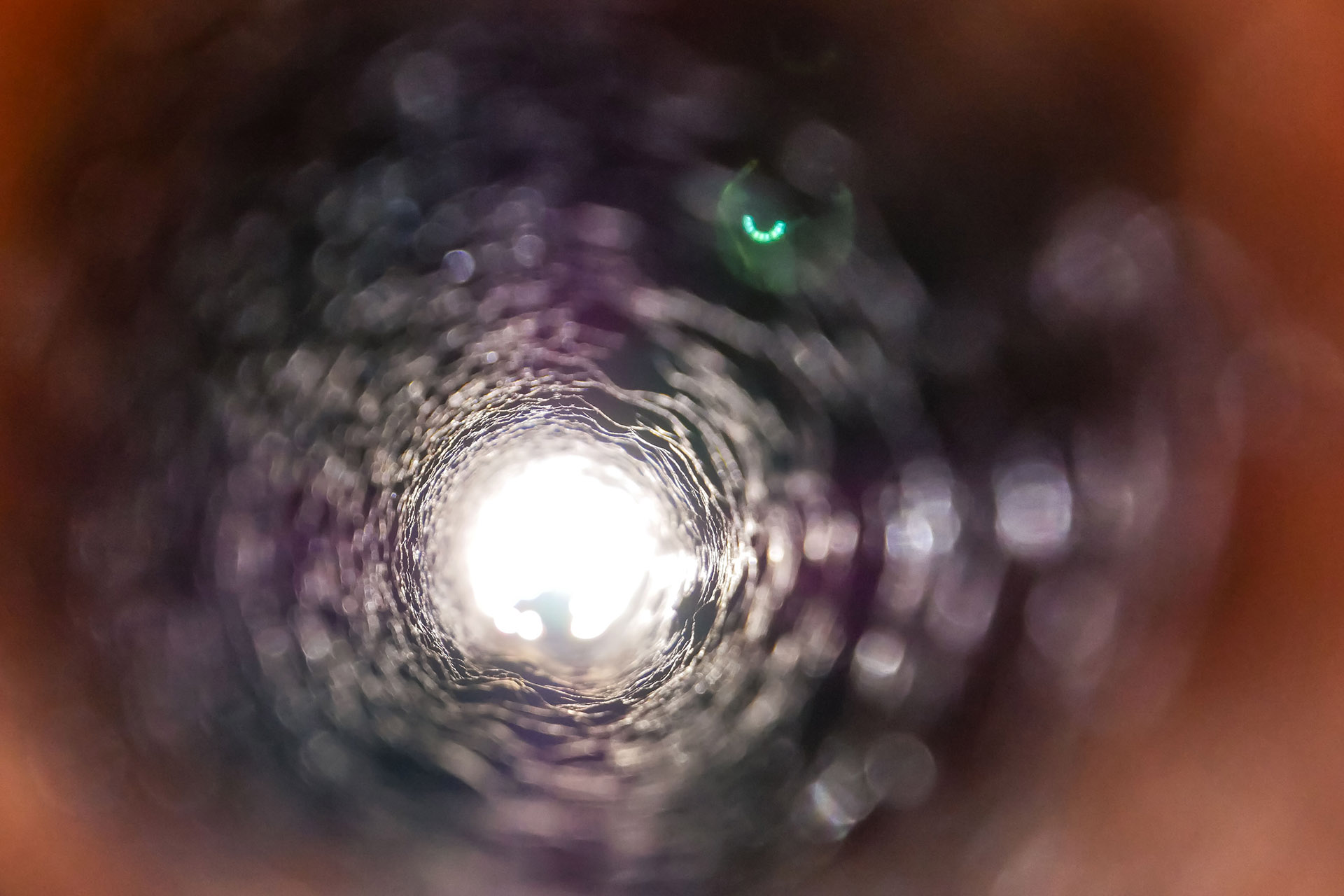
Once the clog is cleared, the plumber flushes the drain with water to confirm that the obstruction has been removed and normal flow has been restored. Depending on the clog’s severity, additional steps such as hydro-jetting or pipe inspections may be recommended to prevent future issues.
The simplicity and efficiency of the drain snaking process make it a popular plumbing solution in San Diego for quickly and effectively resolving clogs.
